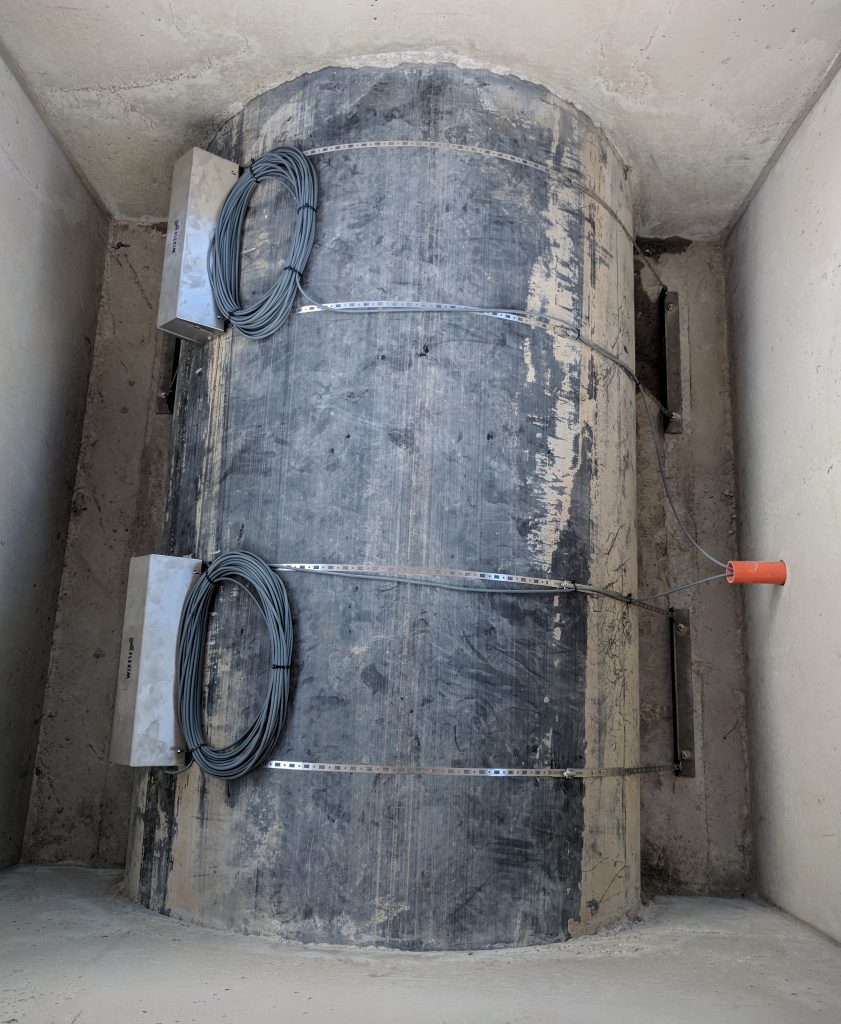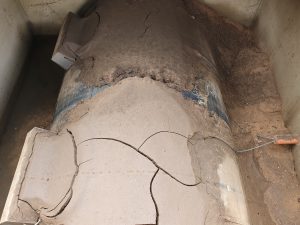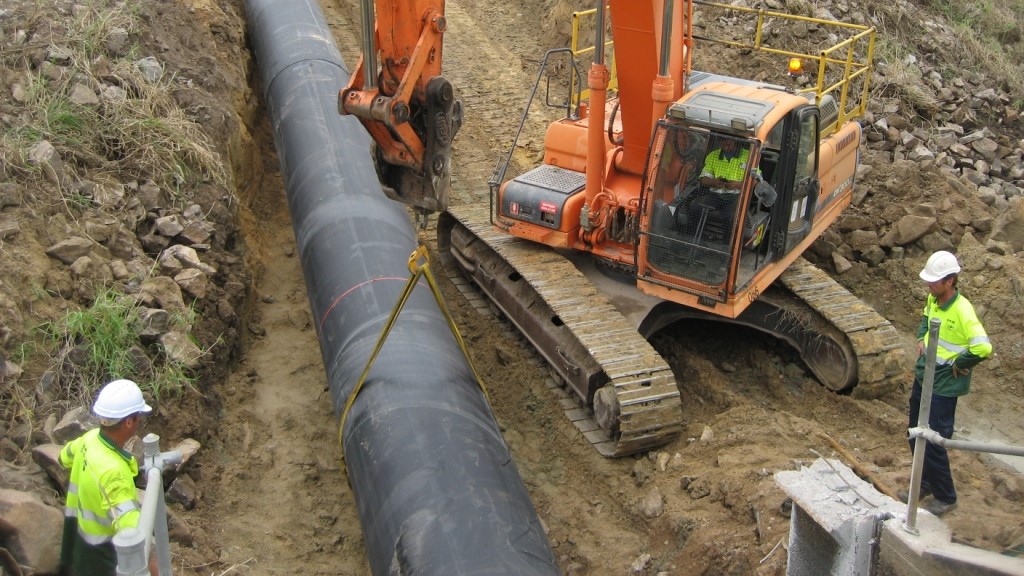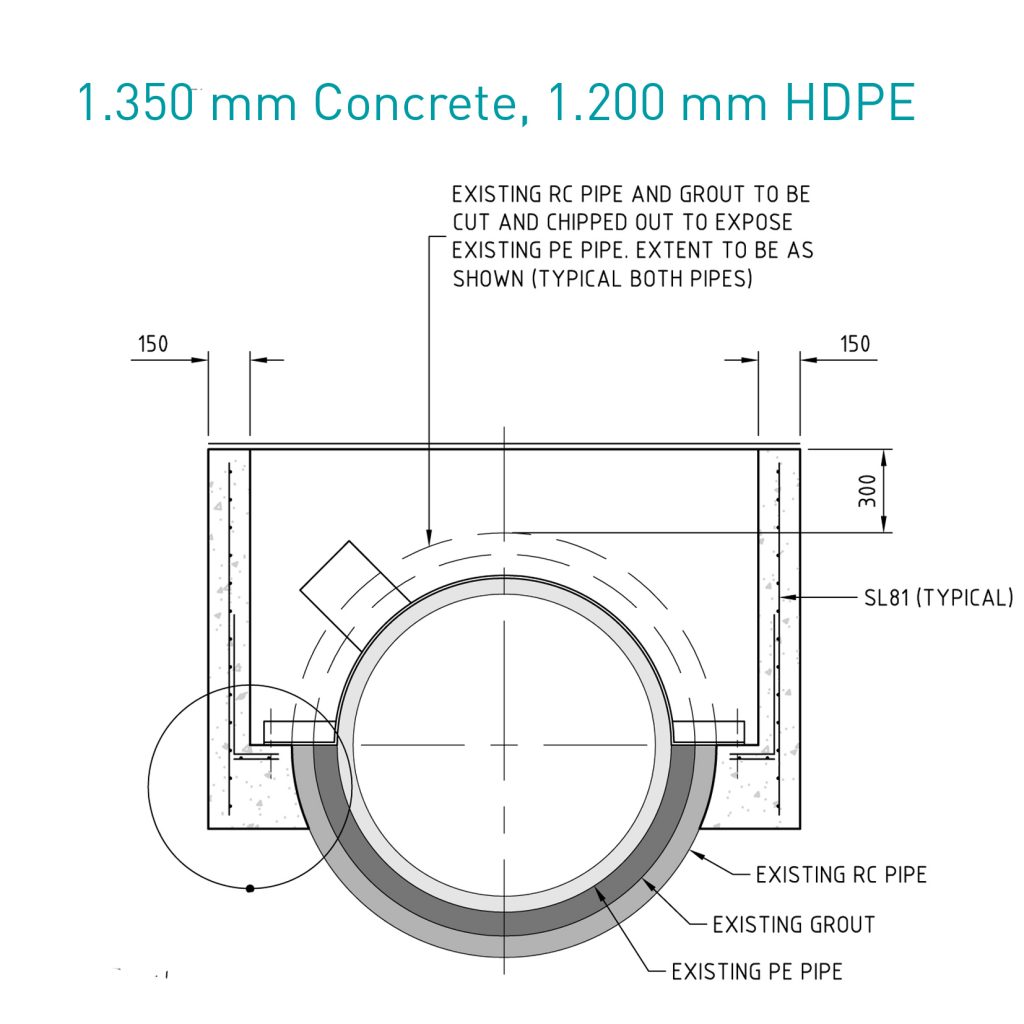Because non-invasive clamp-on ultrasonic flowmeters are fixed to the outside of the pipe, the volume flow can be measured without process disruption. Sound waves calculate the transit time of a liquid, enabling even the smallest changes in upstream or downstream flow to be accurately monitored, which is key to effective consumption and leakage monitoring.
At river water pumping stations, this technology is proving reliable and robust, withstanding even the harshest of conditions, from flooding to long-term submersion.
Working with an Australian river water pumping station that supplies irrigation water to farmers, FLEXIM assisted with flow measurement on large water mains. The underground water supply of the area was once described as ‘liquid gold’ by early settlers, and its value to the district remains high to this day. Therefore, the maintenance and management of this precious resource is vital.
In order to reduce the overall consumption at the pumping station, an upgrade project was implemented, which involved installation of the pumps with variable speed drives and clamp-on flowmeters on the rising mains. The operators were looking to retrofit old pipes with reliable and accurate measuring instrumentation, so FLEXIM worked to determine the best possible solution.
Strong signals were established, even on old, buried pipes that were only partially accessible.


Following a successful demonstration of the ultrasonic technology, clamp-on flowmeters were installed at several of the Water Authority’s pumping stations. One particular old concrete pipeline had been relined with a 1,200 mm HDPE pipeline during a prior upgrade project, and the grout between the liner and the concrete was unsuitable for ultrasonic measurement. The solution was to cut away a section of the concrete pipe and create a pit that would expose a portion of HDPE. This allowed the transducers to be installed straight onto the HDPE to guarantee the best possible signal.
The ultrasonic flowmeter never lost signal at any stage.
12 months after installation, a routine inspection discovered that flooding had caused the pit to fill with silt. There had been no loss of signal whatsoever during this time, and all that was needed was a vacuum truck to suck up the silt and a simple hose down of the transducers.




